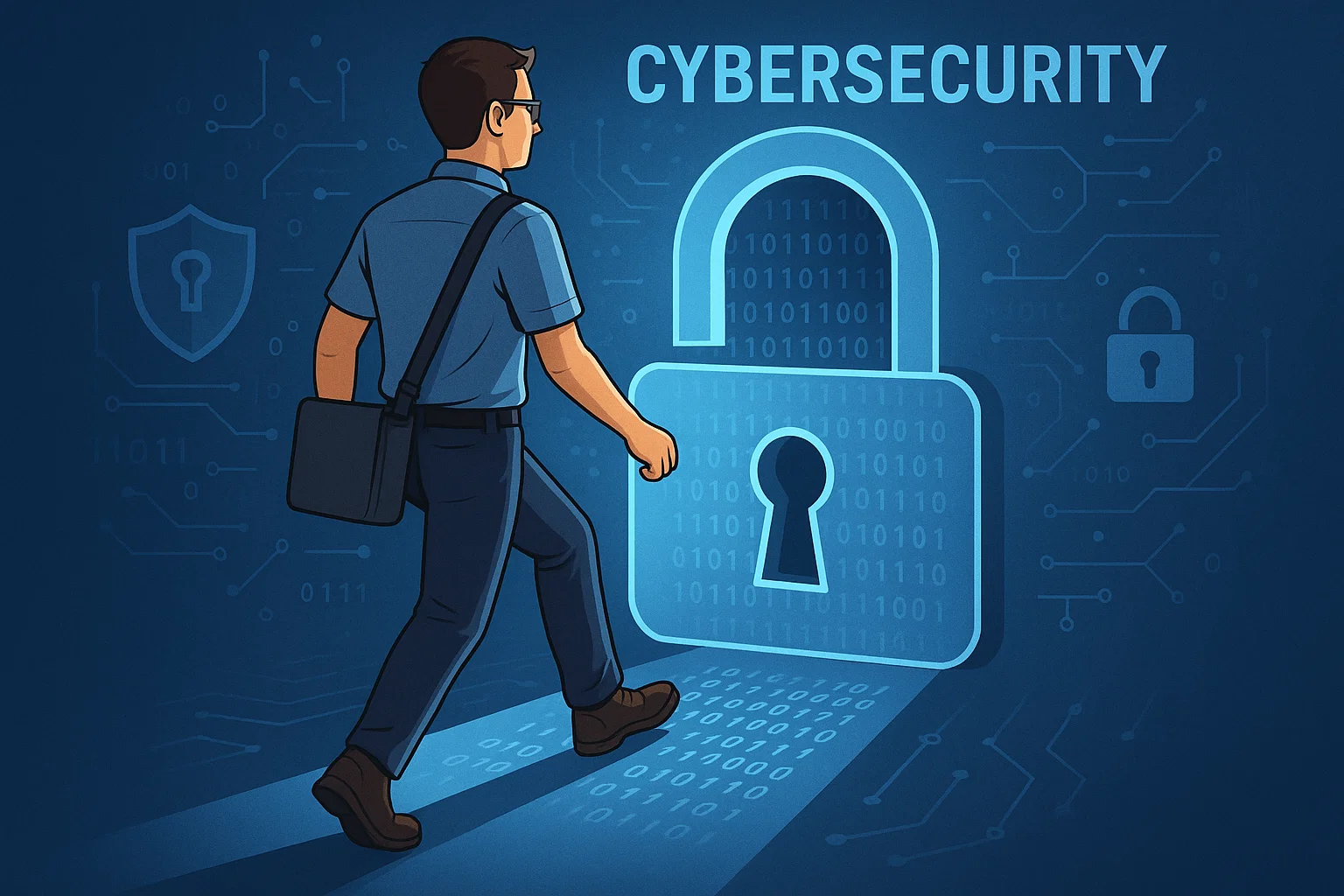October is Cyber Security Awareness Month, and this year’s theme – Building our cyber safe culture – challenges every organisation to look beyond posters, training videos and one-off reminders.
Because a truly cyber safe culture isn’t built in a month – it’s built every day, through the actions, attitudes and decisions of your people.
What is a cyber-safe culture?
A cyber-safe culture means your people think before they click. They double-check before they share. They speak up when something looks suspicious.
It’s not just about compliance – it’s about collective responsibility. In a healthy cyber culture, everyone sees themselves as part of the security team, whether they’re in HR, Finance or IT.
And when this mindset takes hold, security becomes second nature.
Awareness doesn’t always lead to action
Many organisations run awareness campaigns every October, but awareness alone rarely changes behaviour. To make a difference, employees need to understand why security matters and how their choices affect the entire business. Without that connection, awareness fades as soon as the campaign ends. That’s why building a cyber-safe culture takes more than communication – it requires consistency, leadership and accountability.
How leaders can build a culture that lasts
Creating a cyber-safe culture doesn’t happen overnight, but these actions can make it stick:
- Lead by example. Security culture starts at the top. When leaders use strong passwords, report suspicious activity and complete their training, it sets the standard for everyone else.
- Make security simple. If your processes are too complicated, people will find workarounds. Simplify secure behaviours – like password resets and multi-factor authentication logins – so they fit naturally into daily routines.
- Reward good behaviour. Recognise staff who take action, whether they report phishing emails or question an odd data request. Positive reinforcement helps cyber awareness become habit.
- Tell stories, not statistics. People remember real incidents more than data points. Use relatable examples – like a near-miss phishing attempt – to make security relevant to their roles.
- Keep the conversation going. A cyber-safe culture is continuous. Include quick security tips in meetings, newsletters and onboarding to keep awareness top of mind.
Why people are your strongest defence
Firewalls and tools can’t stop every threat, but an aware and engaged team can.
When employees feel ownership over security, they become your human firewall – the first line of defence against phishing, social engineering and insider threats.
Investing in your people isn’t just good culture, it’s smart risk management.
Building a cyber-safe culture through recruitment
A sustainable security culture begins with the people you bring in. Hiring staff who value accountability, communication and ongoing learning helps embed security from day one.
At Needus, we connect organisations with cyber and technology talent who understand that security isn’t a department, it’s a mindset. We help companies build teams that make security part of their DNA, not just their job description.
Cyber Security Awareness Month is a reminder that technology alone can’t protect your organisation.
Building a cyber-safe culture means developing teams that are alert, informed and empowered to act.
Because awareness is only the beginning – action is what keeps you and your business safe.



